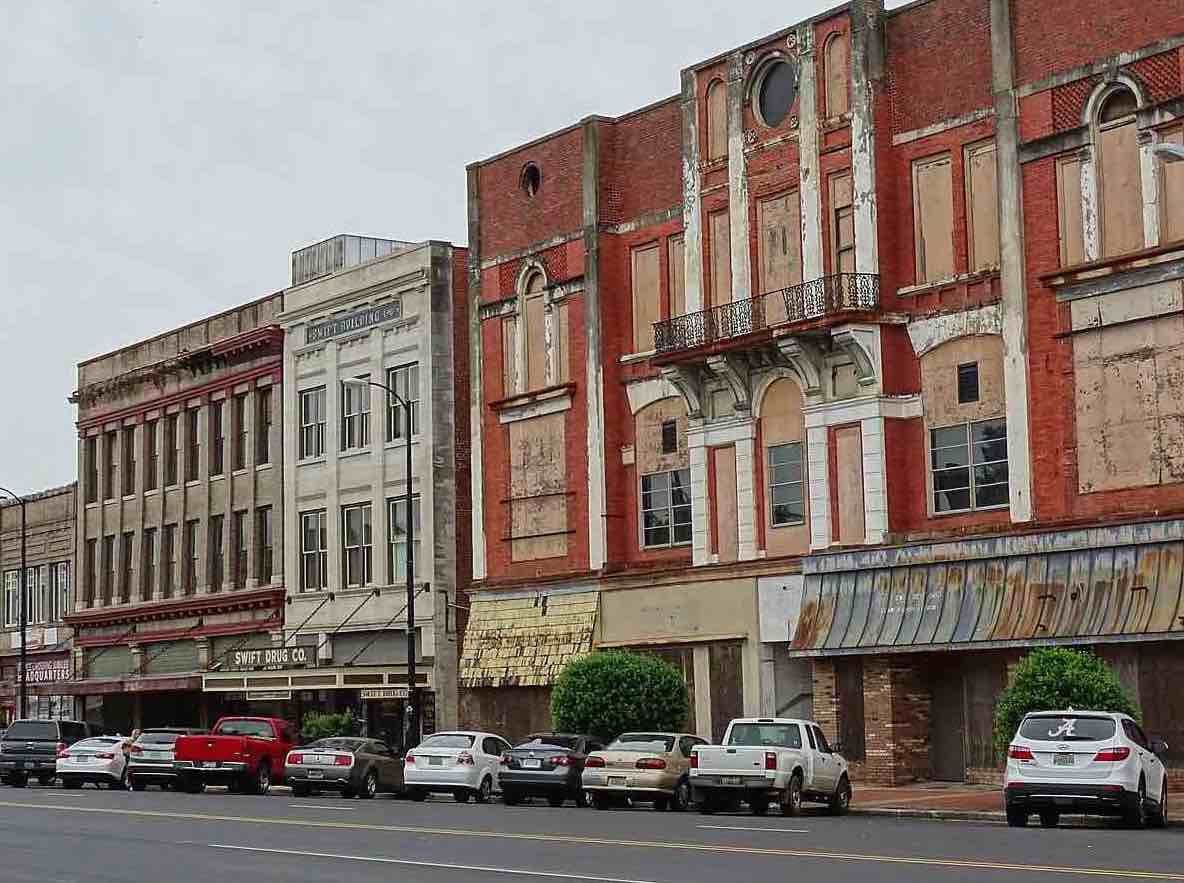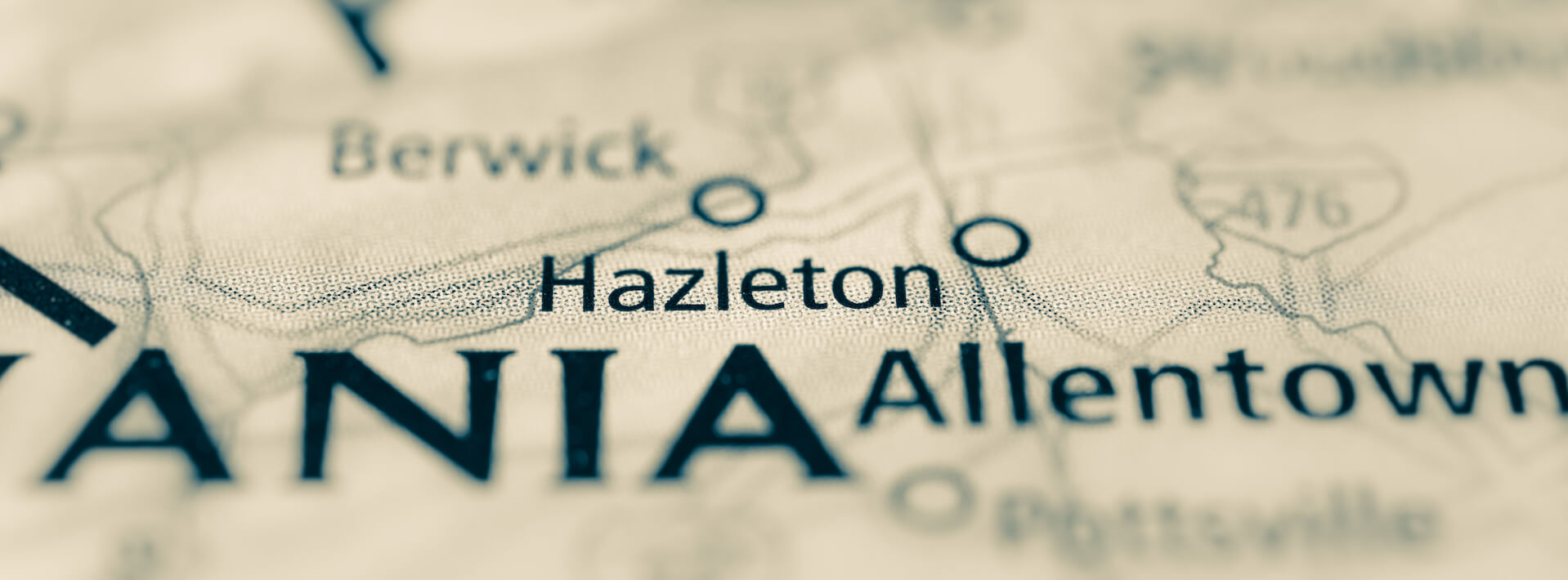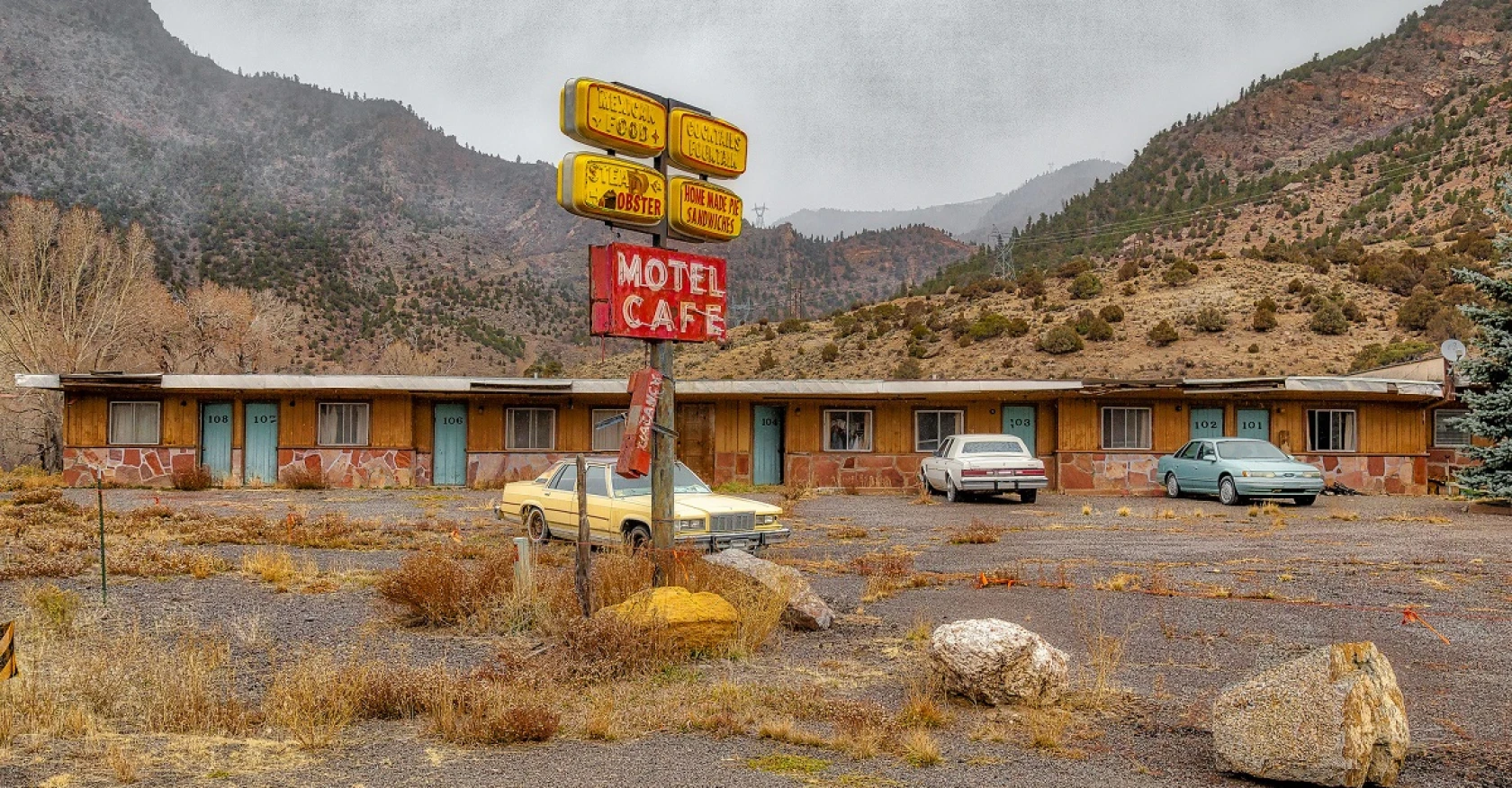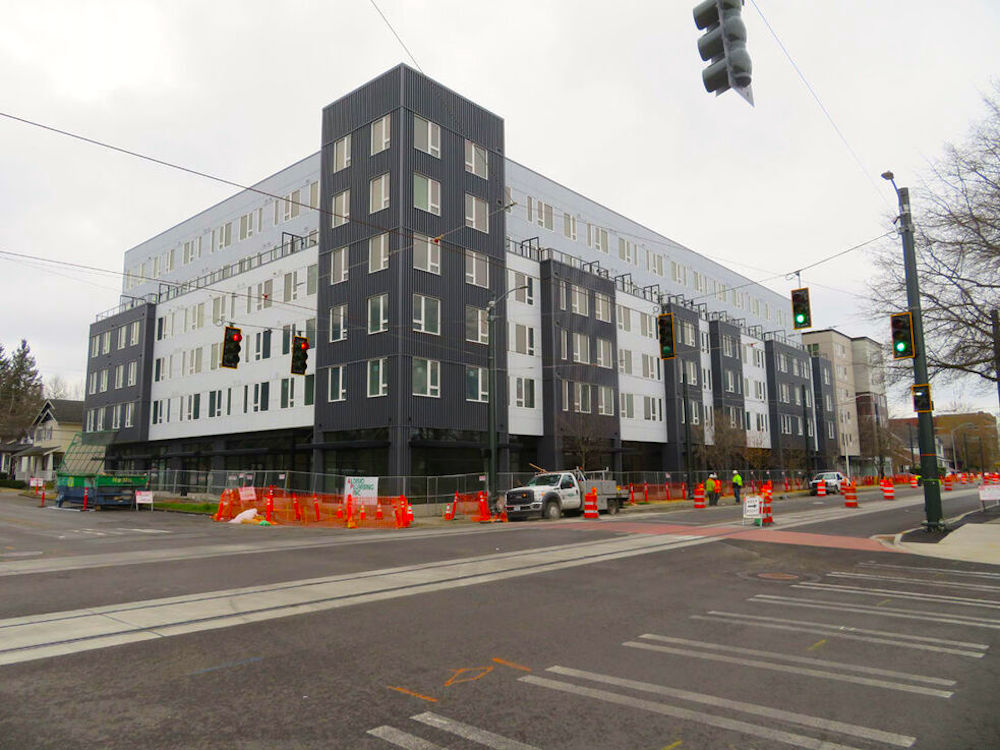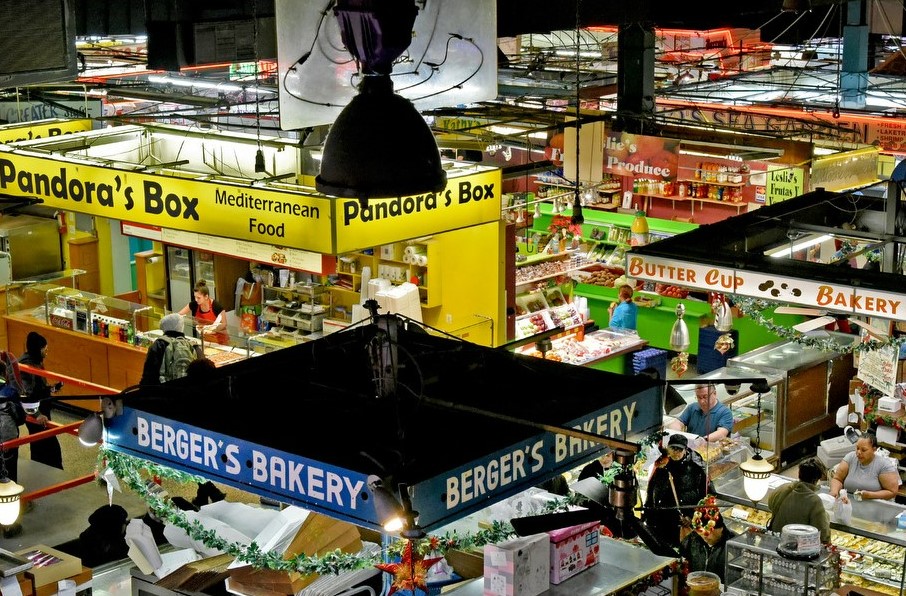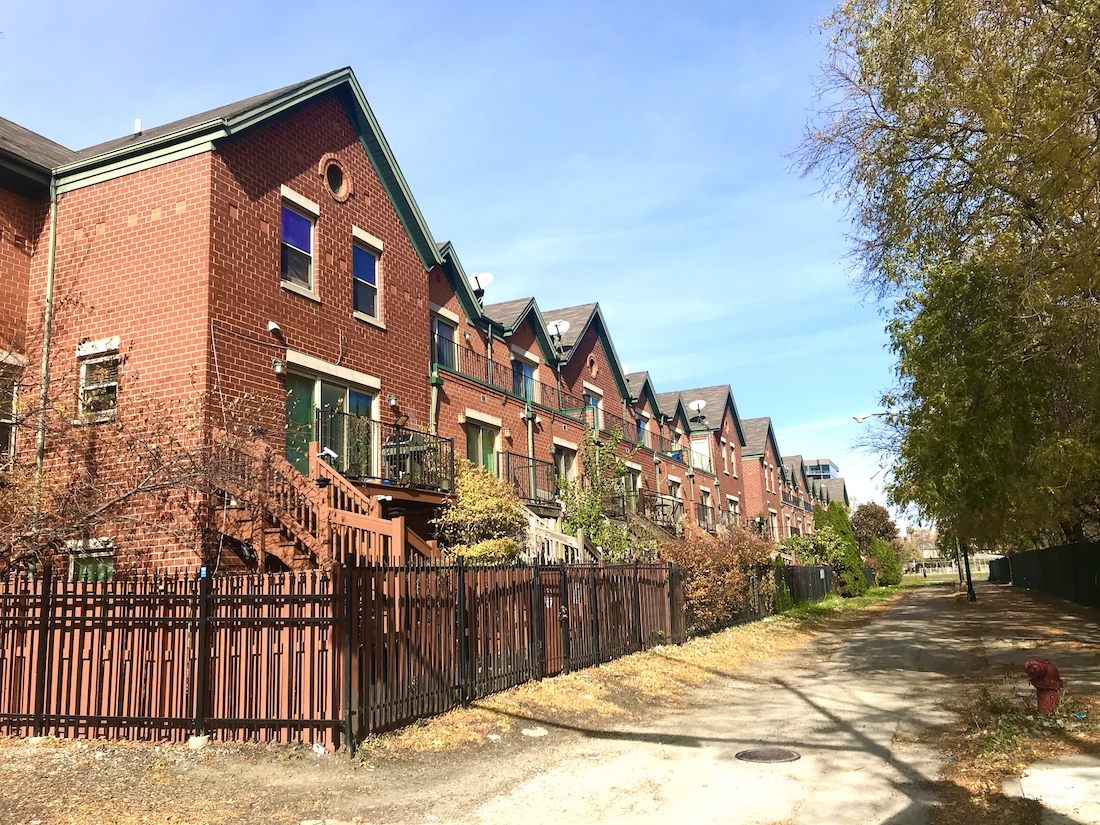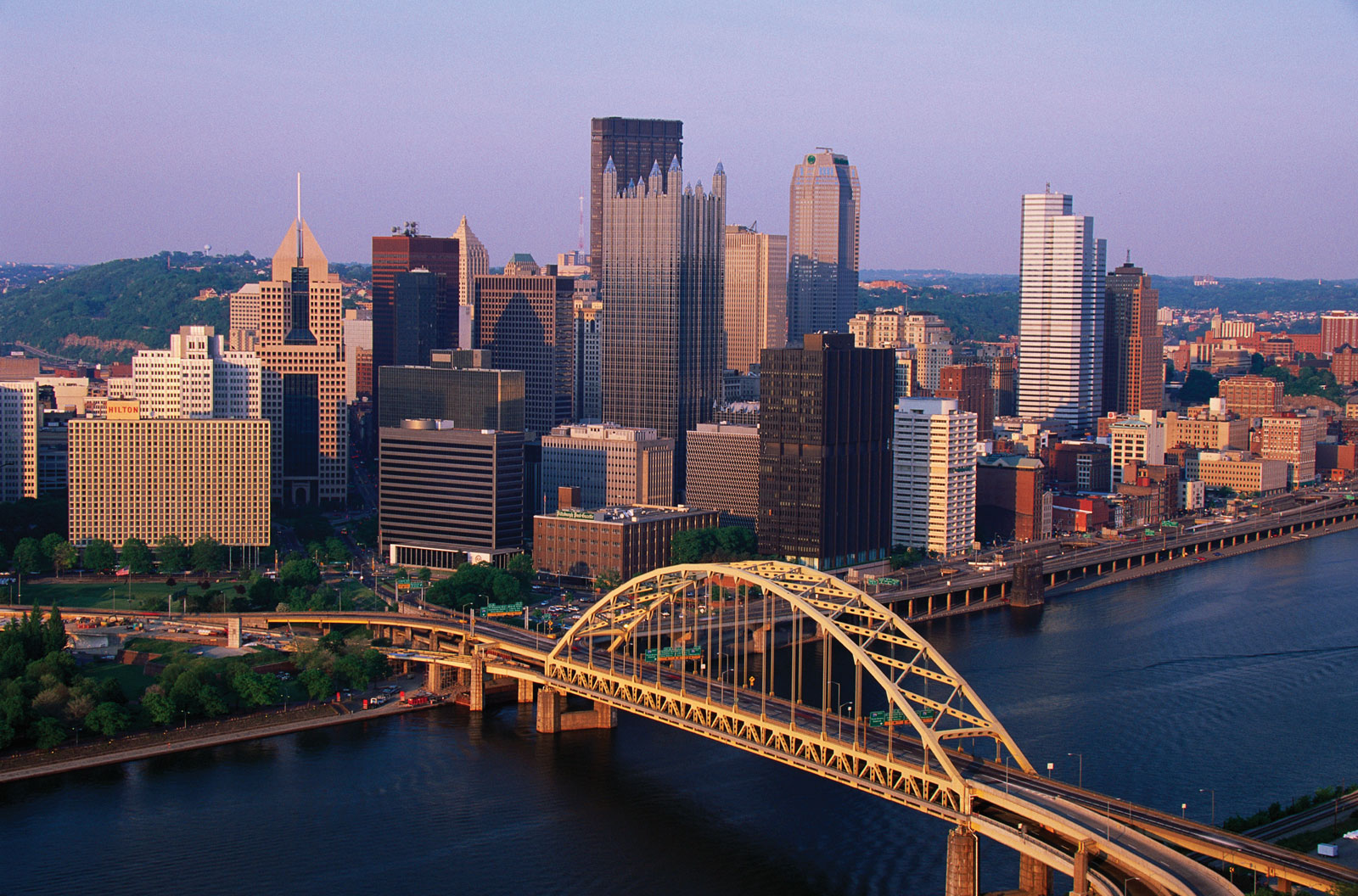ImpactAlpha, Feb. 22 – Tens of billions of dollars have been raised by opportunity funds. But most of the nearly 8,000 low-income opportunity zones designated under the 2017 law have yet to see a dime.
Opportunity Zones are still in “proof-of-concept stage,” according to a new paper released today by the Economic Innovation Group. Final rules governing Opportunity Zones were not finalized until late 2019, right before COVID hit. And investments lag fundraising (investors have 18 months to deploy capital they have committed to OZ funds).
“Mystery is dissolving away into practiced familiarity as more deals get done, best practices get established, and innovative use cases get replicated,” write Kenan Fikri, Daniel Newman, and John Lettieri in “Opportunity Zones State of the Marketplace.” Renewed federal attention and stock market windfalls driving new investments could make 2021 “a year of action” for OZs, Fikri told ImpactAlpha.
Equitable recovery. “A new administration and new congress have a window to enact needed reforms to maximize OZs’ contribution to an equitable recovery from the pandemic recession,” write the authors. They recommend establishing a robust reporting regime, phasing out higher income OZ tracts that made it onto the list, allowing aggregated opportunity zone feeder funds, and modifying the law to encourage the rehabilitation of affordable rental properties.
Another idea: a fund housed within the Department of the Treasury or the CDFI Fundallocating capital to support local capacity-building and help communities develop OZ strategies.
Rural promise. EIG had identified 210 high-impact OZ deals in areas such as affordable housing, brownfield redevelopments, clean technologies and historic preservation.
A quarter of the high-impact deals have been made into rural areas, which account for half of the investments made in startups and growth companies. Opportunity Alabama, for example, has generated multiple OZ investments, including the redevelopment of a historic hotel in Selma, and a $1 billion pipeline of opportunities.

